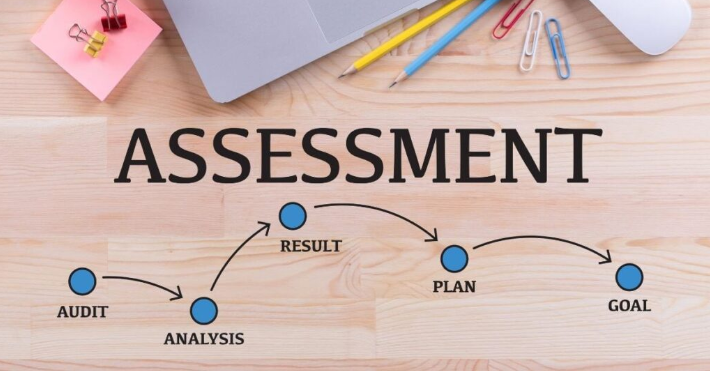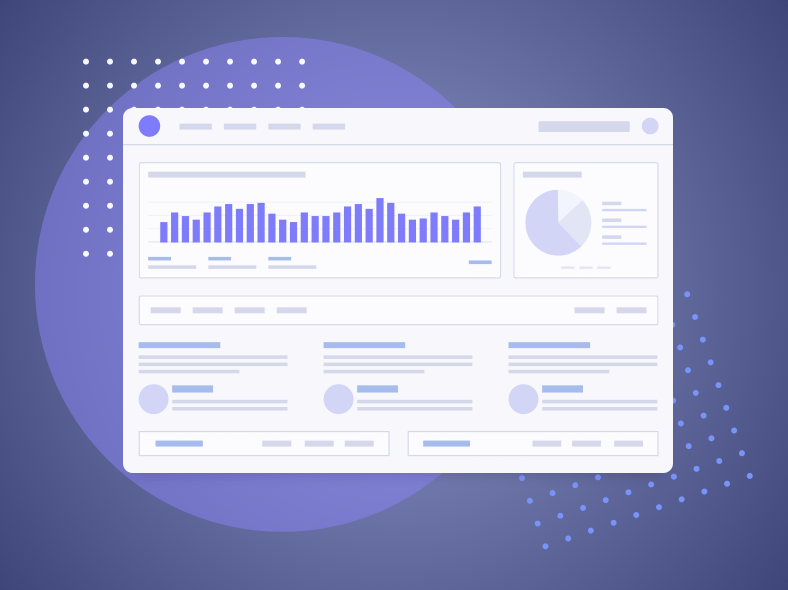Data Quality Management Plan
A Data Quality Management Plan is a continuous plan of improvement and monitoring of Data Quality.
1. Goals & objectives
“Why do we need this?” is the first question to ask yourself before drafting a Data Quality Management Plan. If the answer to this question is straightforward, your company will most likely falls into one of these two categories: “We are facing Data Quality issues that are harming our business, and we need to resolve them.”, or “Data Quality is a critical component of our Business Strategy.”. If either of these applies, then Data Quality is a top priority for your company, and addressing it effectively should be a key focus.
A Data Quality Management Plan aims to define the company’s objectives for Data Quality and establish the necessary activities, metrics, and monitoring processes. Data Quality should not be viewed as a one-time fix but rather as an ongoing process, a long-term regularly updated program. Instead of a single project aimed at solving immediate issues, Data Quality should be approached as a continuous cycle of improvement and automation.
A successful Data Quality program must be closely aligned with the company’s Data Strategy. This means that the business objectives, key metrics, and monitoring plans should already be clearly defined. These elements form the foundation of an effective and professional Data Strategy. The Data Quality Management Plan should support these objectives, as Data Quality is often a fundamental pillar of a company’s broader Data Strategy.
When Data Quality is recognized as a priority, it is easy to become overwhelmed by the numerous factors to consider. A “Start small, think big” approach is often the most effective way to tackle this challenge. Focusing on high-impact areas at first, those that most significantly affect business objectives, can help shape a clear and results-driven strategy. While no single action can resolve all Data Quality issues at once, continuous assessment and iterative improvements will drive long-term success.
2. Assessment of Data Quality status
Once your goals are clear regarding your Data Strategy subjects linked to Data Quality, it is time to assess your current state in terms of Data Quality in the company. This can be done by conducting audits, tests and evaluations on the considered perimeters of interest. It is crucial to have a clear view of your company Data Quality status as a starting point, before starting any large scale program that could be difficult to drive or monitor.
Your current status can be described by the Data Quality criteria you monitor, and the amount of Data Quality issues you can detect/assess. Naturally, being able to pinpoint your company weaknesses regarding Data Quality issues in the first place is mandatory. Manually extracting issues or automating checks are two possibilities to assess and prevent business flaws.
Aside of detecting Data Quality issues, your company should evaluate their impact on the business you drive, the decisions you take and the customers you target. Is Data Quality hurting your capacity to address the market, to unlock new possibilities or to drive your current business strategy ? By how much, and why should you focus on Data Quality ?
Gathering insights and metrics can help answer these questions, internally or outside the company. It is absolutely essential to evaluate your status based on your market share, and to conduct root cause analysis and data exploration to gain a better understanding. Establishing a baseline on where you are, based on quantified metrics, will help setting up goals and targets.
3. Development of Data Quality processes
Your current status assessed, it is time to develop Data Quality processes and procedures to meet your expectations. Defining processes of fixing bad quality data, documenting procedures to update datasets and databases, and unifying the stakeholders behind a common goal is important to improve Data Quality in the company.
Proposing Data Quality rules can help data experts and actors to have guidelines and roadmaps regarding the company Data Strategy goals. Establishing protocols, standards or even data policies are the way towards Data Quality global improvement. All these elements should build the main framework of working with data within a common environment.
Paired with these Data Quality rules, protocols or data policies, the relevant roles and responsibilities should be clarified and communicated. Many parts have their role to play in Data Quality management, such as the Data Governance Manager, Data Stewards or even the various Data Engineers in the company. Defining each of these roles and their respective daily missions is essential in making Data Quality management a collaborative work.
With defined processes, rules and roles, it still remains to establish clear protocols to maintain/improve Data Quality on a day-to-day basis. Even if the complete framework is defined and communicated to all stakeholders, monitoring its application and the evolution of the key metrics can help making sure the program is on track based on concrete figures.
4. Implementation of Data Quality tools
An important toolkit to implement and measure Data Quality are the data profiling techniques. Exploring these techniques and experimenting on what they can offer in terms of monitoring and automation is essential to get a good grasp on the current and evolving status of your initiative. When we go into more concrete details regarding Data Quality rules and considered Data Assets, it is really important to be able to watch how these elements change over time.
Data Cleansing processes are another point that is also linked to automation and Data Quality implementation. Cleaning data is a very consequent part of a Data Quality program, considered as a “curating” step of the global pipeline. Formatting data, deleting irrelevant points, and defining all these corrective actions are part of a Data Quality Management Plan.
Implementing Data Quality dashboards is also an efficient way to track, monitor and work on your day-to-day Data Quality concerns. Having these information at hand, with your current status, the elements to focus on, or a global trend to compare your starting point and your current status can be helpful to drive your initiative and make sure you are on track.
Last but not least, all Data Quality efforts should be automated if possible. Whether you have automated data preparation and cleaning workflows, regular data profiling results sent by mail, or Key Performance Indicators automatically computed everyday, it is very important to lower the amount of manual work and efforts on such costly actions.
5. Monitoring, measurement and improvements
Congratulations ! You defined your goals and metrics, you assessed your current status regarding Data Quality, you developed processed and you implemented tools for your Data Quality program. How about its evolution over time ? Are you sure you are still on track on a weekly basis ? Are you reaching or getting closer to your objectives ?
It may be time to consider monitoring your Data Quality progress with metrics & KPIs. You should have defined in the first place a set of metrics, goals and action plans that can help you understand where you stand regarding your efforts. These metrics or KPIs should be your guiding light telling you how close you are from your desired business position.
The earlier you can track, register or regularly write down metrics and measurements on your Data Quality activities, the easier it becomes to assess the quality and the results of your initiative. Tracking progress through concrete and daily metrics is efficient to steer your Data Quality program given the potential issues you can face along the road.
Performing regular audits is also an efficient way to monitor and improve your situation within a Data Quality program. Whether through Data Quality correction campaigns, to regularly planned thorough audits on dedicated perimeters, assessing in details the status of data and their alignment with Data Quality rules is the only way to have a clear situation.
Finally, being able to perform continuous improvements over time on the Data Quality of your data is important to be geared for long-term data initiatives. The earlier and the easier it is for your company to evaluate your current situation, the more efficient you can face new data challenges and the more agile you can be in front of data projects.




